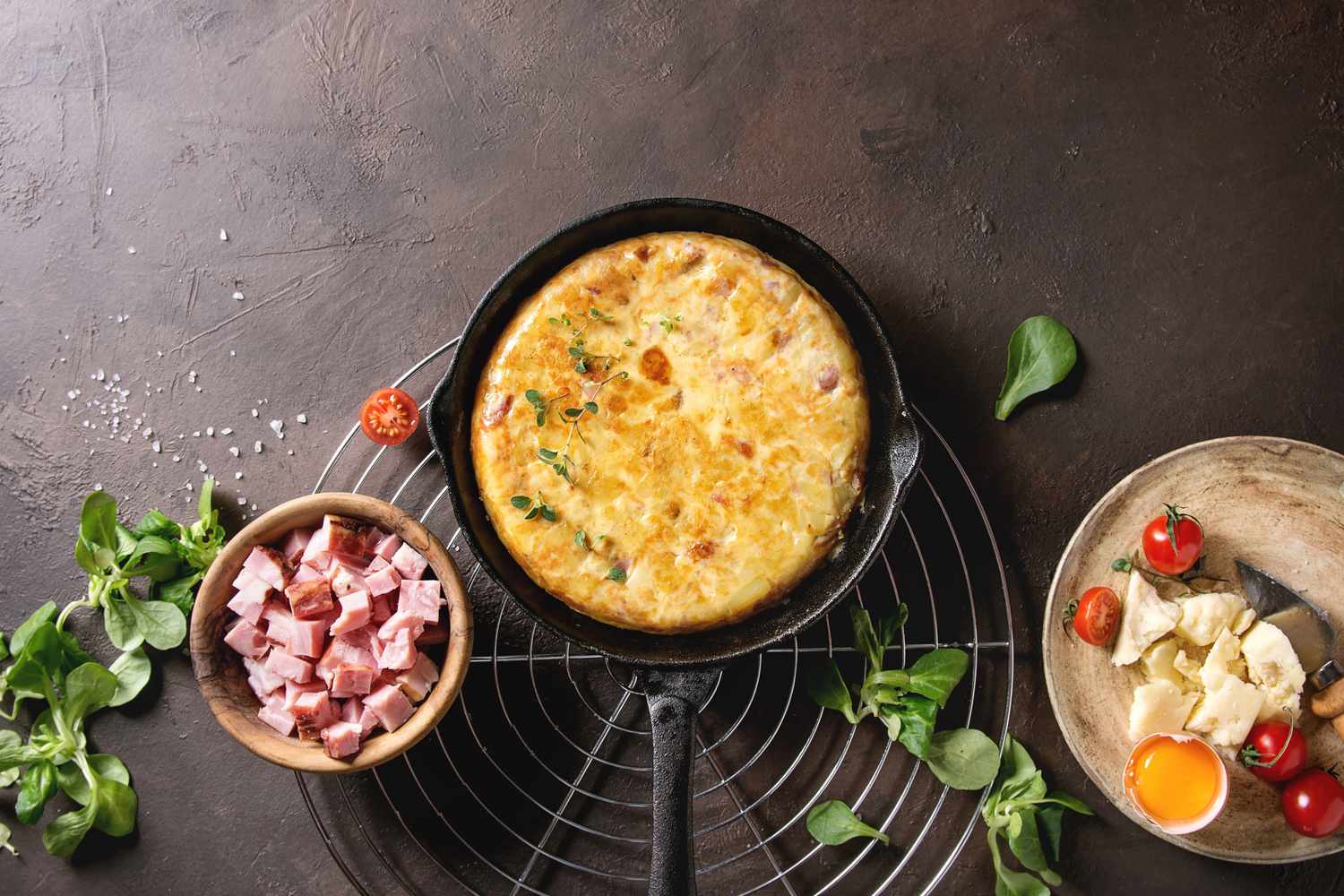Key Takeaways
“Ironmaxxing” is a nutrition trend that encourages boosting iron intake.Too much iron can cause digestive issues or serious health problems, but experts say it’s rare to get excess iron from food alone.Iron deficiency is common and can cause fatigue, weakness, and memory problems.
“Ironmaxxing,” a spinoff of the viral “fibermaxxing” nutrition trend, focuses on increasing iron intake through food sources instead of supplements.
Iron deficiency is especially common among women. A 2023 study showed that almost 40% of females aged 12 to 21 years are iron-deficient. However, having too much iron can lead to nausea, vomiting, diarrhea, or stomach ulcers. Here’s what you should know before trying ironmaxxing.
What Is Ironmaxxing?
Some TikTok content creators shared iron-rich recipes incorporating foods like kidney beans, carrots, bell peppers, and ground beef to maximize iron absorption.
“Attempting to increase iron isn’t a bad thing if we’re focusing on food first,” Kaitlin Hippley, MEd, RDN, LD, CDCES, a diabetes educator and registered dietitian at University Hospitals in Cleveland, Ohio, told Verywell.
If you want to try ironmaxxing, consider cooking in a cast-iron skillet, which allows small amounts of the mineral to leach into your food, or combining different iron-rich food sources in a single meal.
The human body absorbs iron most efficiently from animal sources, known as heme iron. Plant-based sources provide non-heme iron, which is absorbed less readily, but pairing them with heme iron can improve absorption.
Vitamin C also increases iron absorption. These foods can help improve non-heme iron absorption:
StrawberriesTomatoesBroccoliBell peppers
How Much Iron Do You Need?
Iron is important for growth, development, and red blood cell production. Adult men need 8 milligrams (mg) of iron per day, but adult women need between 18 and 27 mg, depending on their age and pregnancy status.
Women who are pregnant or have heavy periods or those who have lost a lot of blood from a surgery or an accident have a higher risk of iron deficiency anemia. This condition may lead to increased infections, memory problems, fatigue, weakness, and gastrointestinal issues.
Certain conditions like GI disorders, cancer, and heart failure can make it harder to meet iron needs. However, many Americans without these health conditions are also at risk for iron deficiency.
“This indicates a significant public health issue that often goes unrecognized,” Jamie Mok, MS, RD, a Los Angeles-based registered dietitian and spokesperson for the Academy of Nutrition and Dietetics, told Verywell in an email.
What to Avoid When You Eat Iron-Rich Foods
Calcium and caffeine can interfere with iron uptake, so it’s best to avoid pairing foods like milk or coffee directly with high-iron meals.
Still, moderation is key. If you snack on Greek yogurt with iron-rich pumpkin seeds, you can offset absorption issues by adding strawberries for a dose of vitamin C, said Hippley.
“It’s going to be impossible to maximize it to the fullest. You have to be realistic,” she added.
Why Not Just Take Iron Supplements?
People following a plant-based diet may need iron supplements to reach recommended intake levels, but they should not start supplementation without medical guidance.
“Iron should never be supplemented without checking blood levels. Too much iron can cause serious health issues, so I advise people to get tested and work with a dietitian or doctor before making big dietary changes,” Albert Abayev, RD, a registered clinical dietitian at Cedars-Sinai Center for Weight Management and Metabolic Health, told Verywell in an email.
Overloading with iron supplements may lead to stomach ulcers, decreased zinc absorption, or constipation. People who take extremely high doses run the risk of coma or death.
“It’s rare to get too much iron from food alone. But supplements can lead to toxicity, especially without testing. Excess iron can damage organs, so supplementation should always be monitored,” Abayev said.
Verywell Health uses only high-quality sources, including peer-reviewed studies, to support the facts within our articles. Read our editorial process to learn more about how we fact-check and keep our content accurate, reliable, and trustworthy.
Weyand AC, Chaitoff A, Freed GL, Sholzberg M, Choi SW, McGann PT. Prevalence of Iron Deficiency and Iron-Deficiency Anemia in US Females Aged 12-21 Years, 2003-2020. JAMA. 2023;329(24):2191–2193. doi:10.1001/jama.2023.8020
National Institutes of Health – Iron – consumer
Memorial Sloan Kettering Cancer Center. Iron in your diet.
Cedars-Sinai. Iron rich foods.

Thanks for your feedback!
What is your feedback?
Helpful
Report an Error
Other

